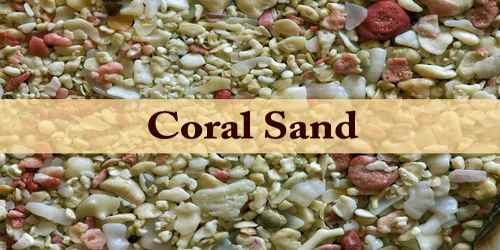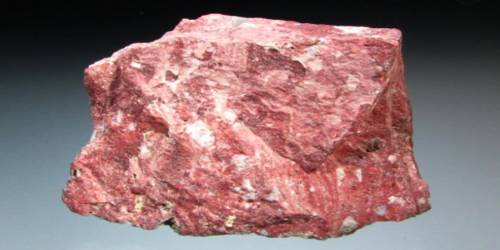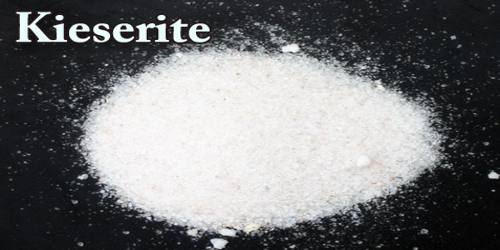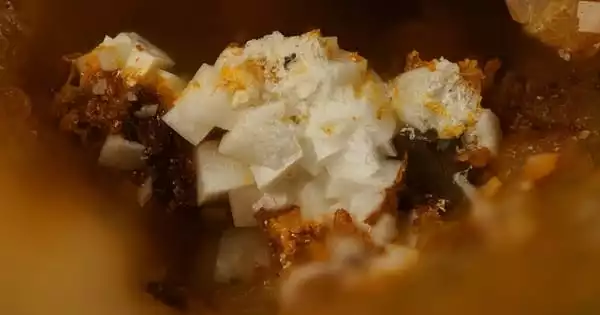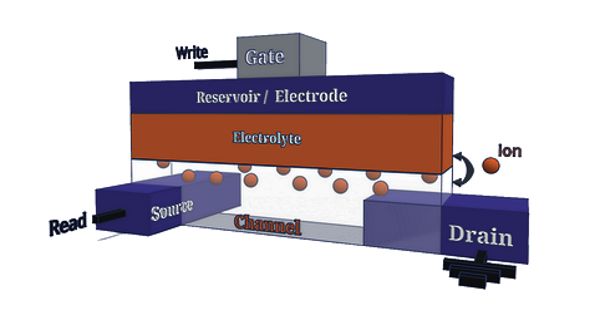Coral Sand is generally light-colored sand (or gravel) which is mostly composed of calcareous fragments of biogenic origin. The term “coral sand” is pretty loosely defined and understood in several different ways. It is a collection of sand of particles originating in tropical and subtropical marine environments from the bioerosion of limestone skeletal material of marine organisms. One example of this process is that of parrotfishes that bite off pieces of coral, digest the living tissue, and excrete the inorganic component as silt and sand.
However, the term “coral” in coral sand is used loosely in this sense to mean limestone of recent biological origin; corals are not the dominant contributors of sand particles to most such deposits. Rather, remnant skeletal fragments of foraminifera, calcareous algae, molluscs, and crustaceans can predominate. Because it is composed of limestone, coral sand is acid-soluble.
Grains of coral sand consists mainly of calcium carbonate the mineral that makes the skeletons and shells of corals, clams, and other marine organisms large and small. When the organisms die, these structures are broken apart and ground to bits by the force of waves and water currents, and by other creatures. In fact, if we look at coral sand under a microscope, we can see some of the colors and textures of the original shells.

Scientists usually prefer to talk about biogenic sand instead of coral sand. Why? Because in many cases coral sand is not composed of fragments of coral reefs. Even if corals are present, they often form only a part and not necessarily a dominant part of the sand.
Real coral sand only occurs in the vicinity of coral reefs. These reefs are located roughly between 30° N and 30° S latitudes. Look at the map below to see that corals build reefs in warm waters. They are abundant in the Caribbean, around Hawaii, Polynesia, Indonesia, Indian Ocean, and the Australian north coast, the Red Sea, etc.
However, several other organisms also prefer to live there. Hence, pure coral sand is pretty hard to find. This is another reason why it is so difficult to draw a line between coral sand and biogenic sand.
Some of the sand comes from living organisms especially corals. Algae, worms, sponges, and others can bore into living coral, chipping off some of the coral’s external skeletons. And fish can break off little chunks when they graze on coral animals and algae.
To extract the tender animals from their stony skeletons, for example, a parrotfish uses specially adapted teeth in its throat to grind the chunks of coral to the consistency of sand. The fish swallows the animals with the sand, then excretes the sand into the water with the rest of its wastes.
Composition –
Coral sand is composed of calcareous (few organisms have siliceous tests) bits and pieces of corals, foraminifera, molluscs, sea urchins, algae, sponges, etc. Most of them are no reef-builders. They are either benthic (live at the bottom of the sea) or planktonic (drift freely) marine organisms. Most examples of coral sand (even if they contain no coral fragments) are from low-latitude beaches. Carbonate sand forming in colder water is an interesting curiosity. Maerl, for example, is a type of biogenic sand that is composed of coralline algae and occurs in several beaches in Western Europe, especially Ireland.
Not all carbonate sands are biogenic, let alone made of corals. Carbonate sand may be composed of limestone fragments or ooids which are small spheroidal and well-rounded grains that may occur together with biogenic grains, especially in the Caribbean Sea and the Persian Gulf.
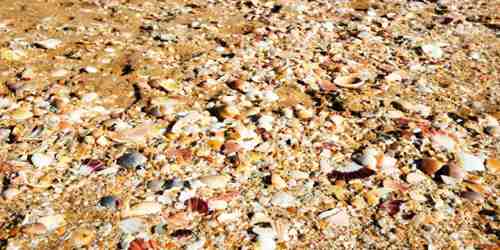
Environmental issues –
Coral sand mining is a significant industry in some areas and can have damaging environmental effects. Over 500,000 tons of coral sand are mined annually from Mauritius. Many Comoros beaches have been scarred by sand mining. Over 250 tons of shells and corals were exported from Tanzania in 1974. The exploitive collection has moved from the depleted areas off Tanzania and Kenya to the islands of Zanzibar and Mafia. Such extensive mining can be very harmful to reef ecosystems and beaches.
In an effort to prevent damage from reef sand mining, the Convention on international trade in endangered species urged parties to the convention to work for the conservation and sustainable use of the coral reef ecosystems.
Information Sources:
